The 5 major criteria for purchasing chemical reactors should not be missed!
 Feb 18,2022
Feb 18,2022

 JCT
JCT
Five elements of the reactor: volume, working pressure, working temperature, stirring form, and reaction medium.
If you do not need to use these functions, it is not recommended to have all the functions, increase the cost, and the operation is not easy. If sampling is not required, no sampling line is required, no particulate catalyst, no filter and no high working pressure. There is no need to design high working pressure, such as non-digital display pressure, the pressure is small, it is difficult to read accurately, the reactor is heavy, and the operation is inconvenient.

1. As the working pressure increases, the reactor will become thicker and heavier accordingly, the range of the pressure gauge and the burst value of the safety valve will increase, and the pressure method will also change. Typically, steel cylinders are used for pressurization. If it\'s air, you can add up to 12MPA. Pump equipment can only be added if the temperature is not increased and a higher experimental pressure is required.
2. Working temperature. The operating temperature determines the type of stirring test. Typically, in a reactor stirred by a magnet, there is no cooling function between the stirring motor and the magnet, and the temperature cannot exceed 300 degrees. If the temperature exceeds this temperature, degaussing will occur. That is, it has lost its magnetism, which means it cannot be stirred. If it exceeds 300 degrees, you can only use another stirring method, paddle stirring, you can use a flexible shaft magnetic coupling mechanical stirring or a directly connected motor magnetic coupling mechanical stirring.
3. Regarding the stirring form and the viscosity of the reaction medium, the three-bladed paddle is usually the standard. An anchor paddle can be constructed if the viscosity is low. If the viscosity is high, a shearing paddle can be selected.
4. The size of the volume also determines the weight of the reactor. The size of the heater, the increase in cost and the equipment of the kettle. For example, for a 10ML paddle stirred tank, the temperature measurement must be changed to a form of temperature control on the tank wall, or a 10ML magnetic stirrer to an underground stirred tank requires an internal tank and cannot be equipped with filters, etc.
5. The viscosity of the reaction medium determines the form of the stirring paddle. Now, we will focus on the requirements of the reaction medium for the material of the reactor body. Except for the KCF and GSA series (316 stainless steel), the standard material of the reactor is 316L stainless steel. 316L stainless steel is suitable for experiments where weak acid weakens the reaction medium.


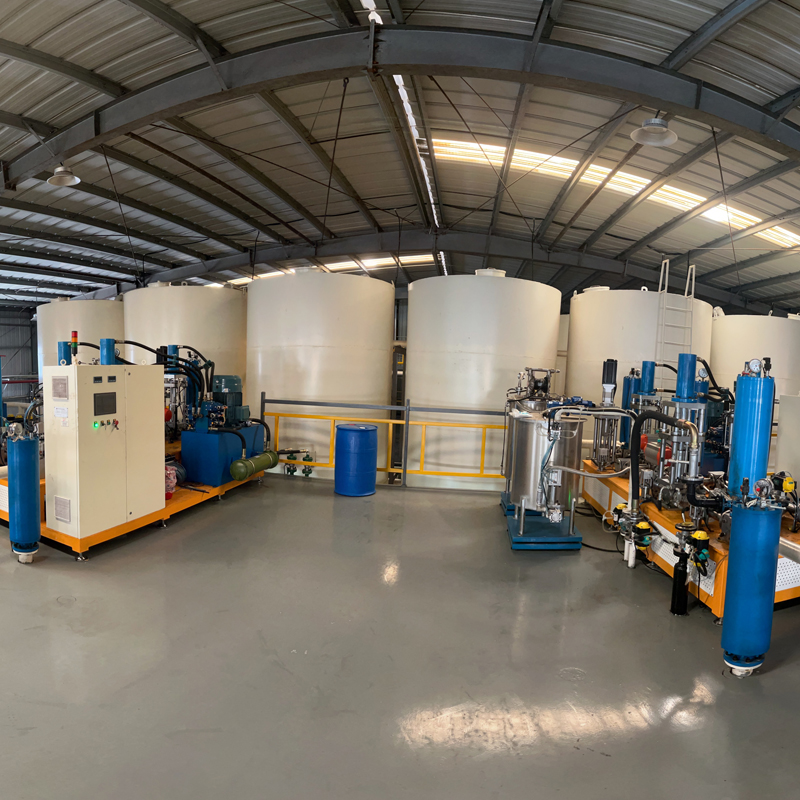
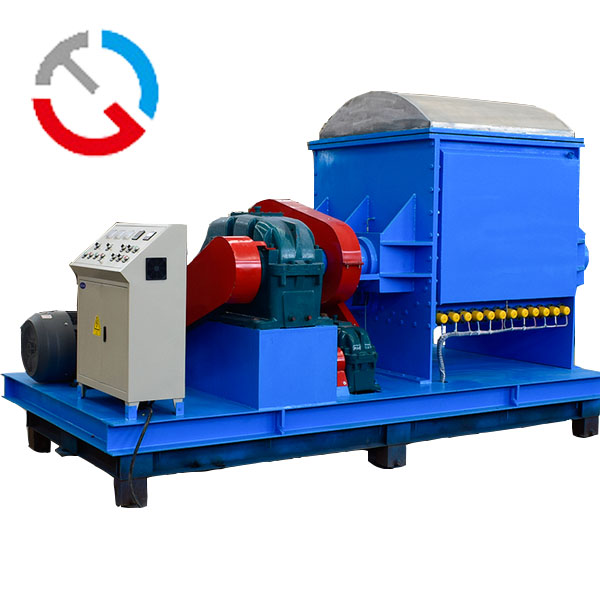
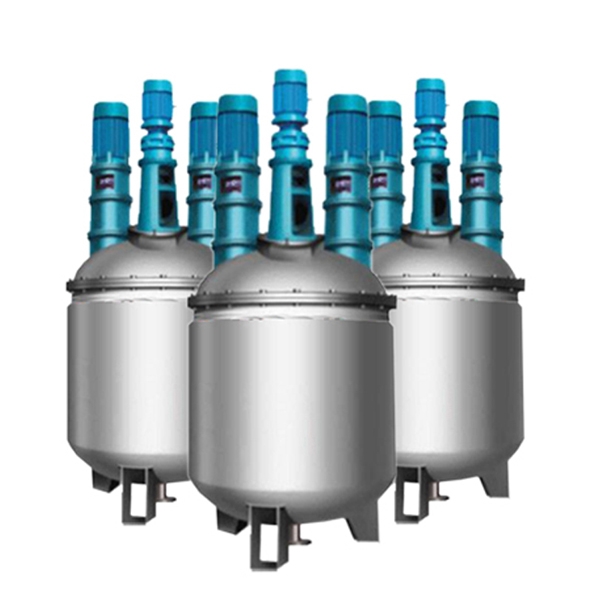
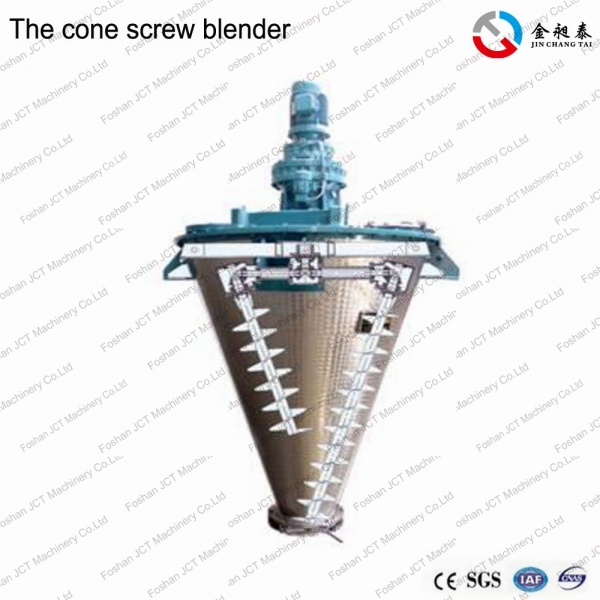


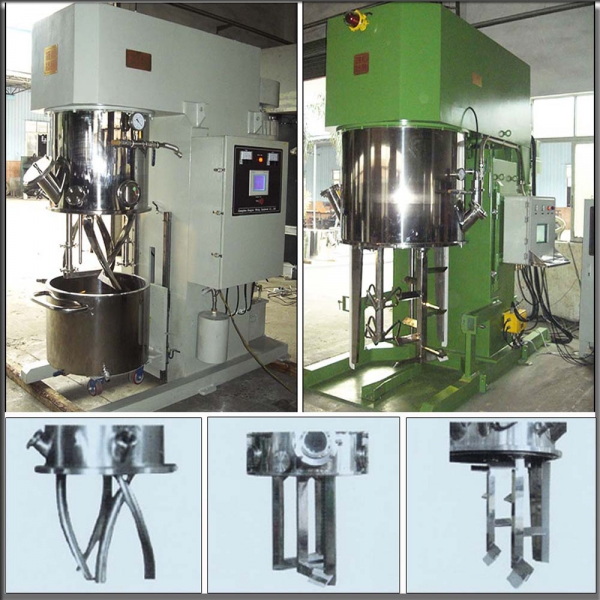





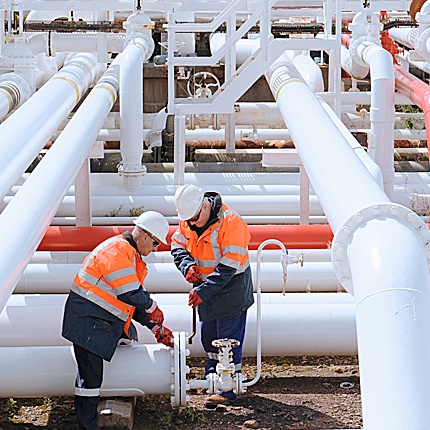

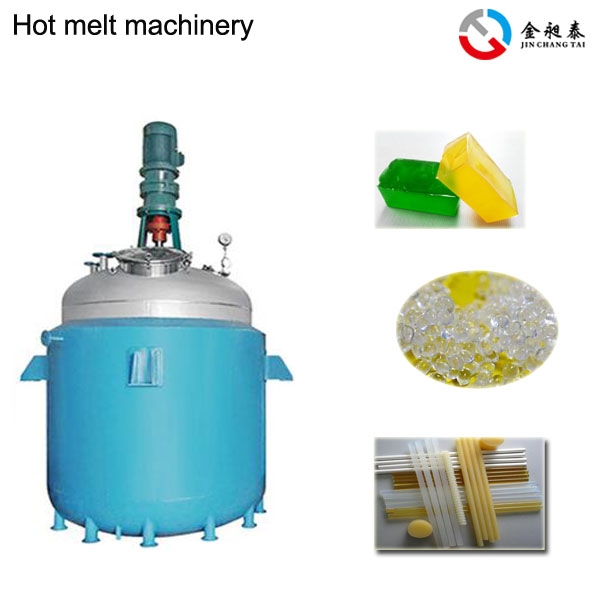
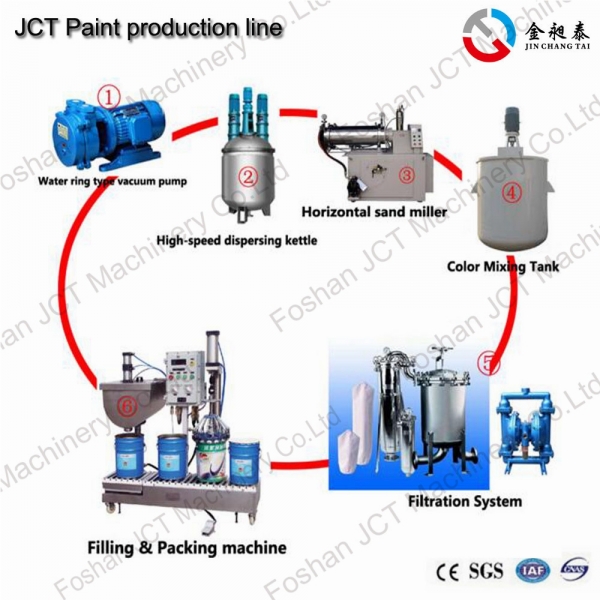
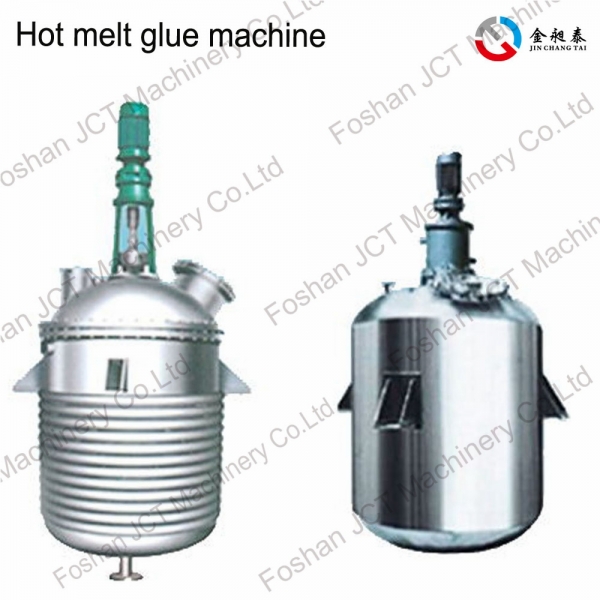
 CN
CN
 HOME
HOME Solutions to common failures of reactors
Solutions to common failures of reactors  You May Also Like
You May Also Like
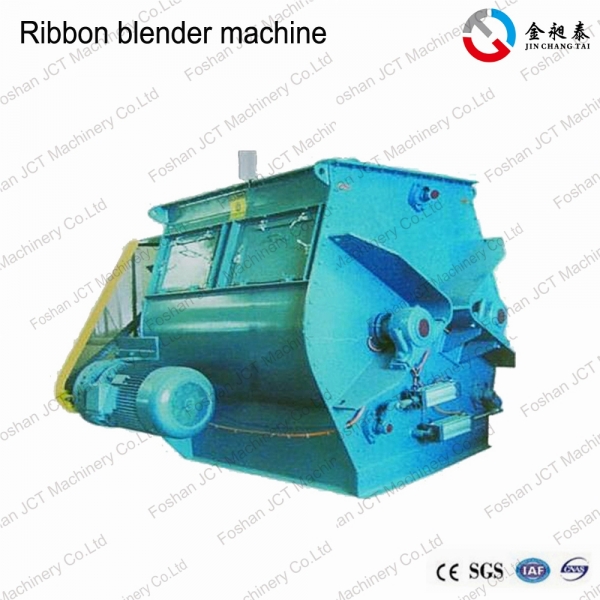

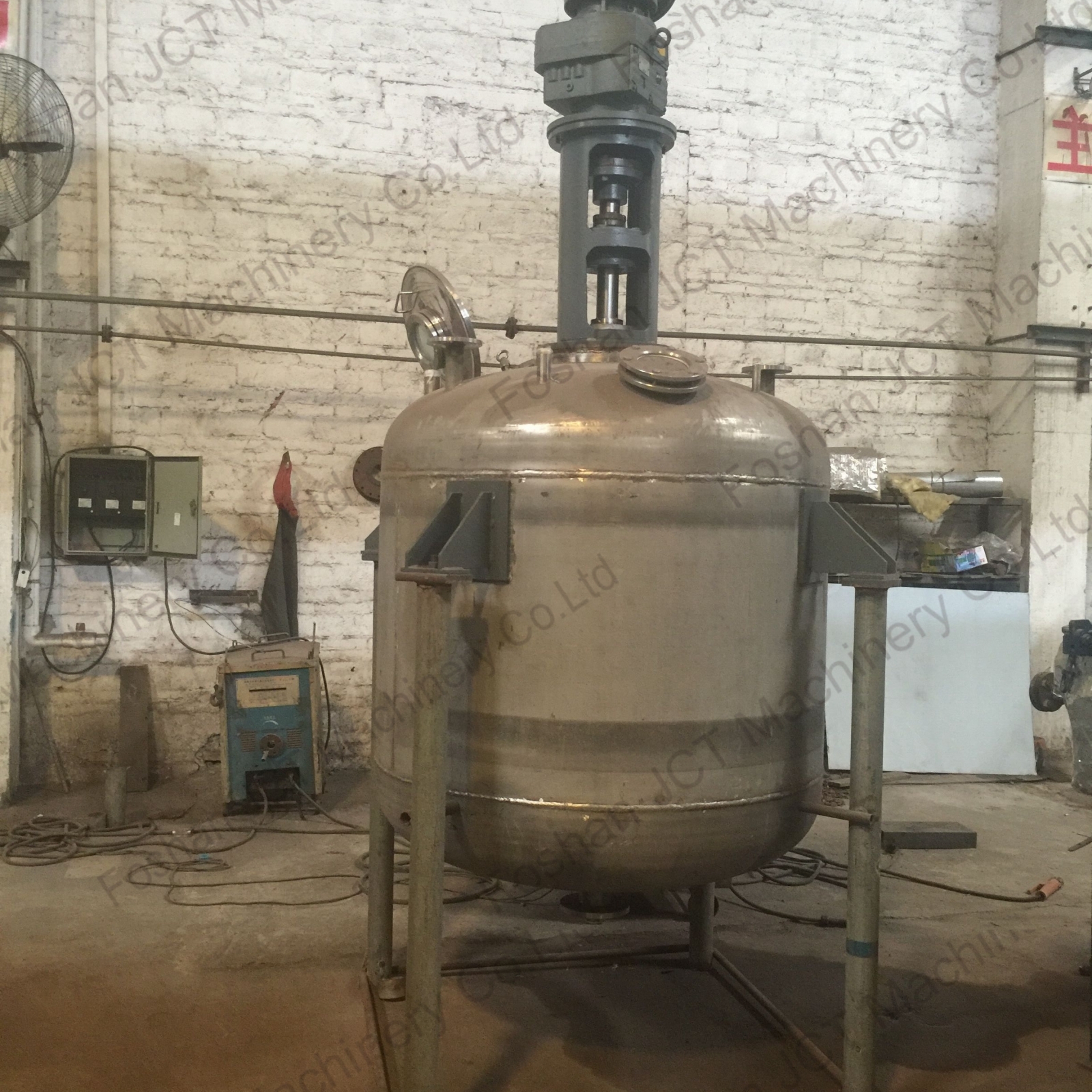
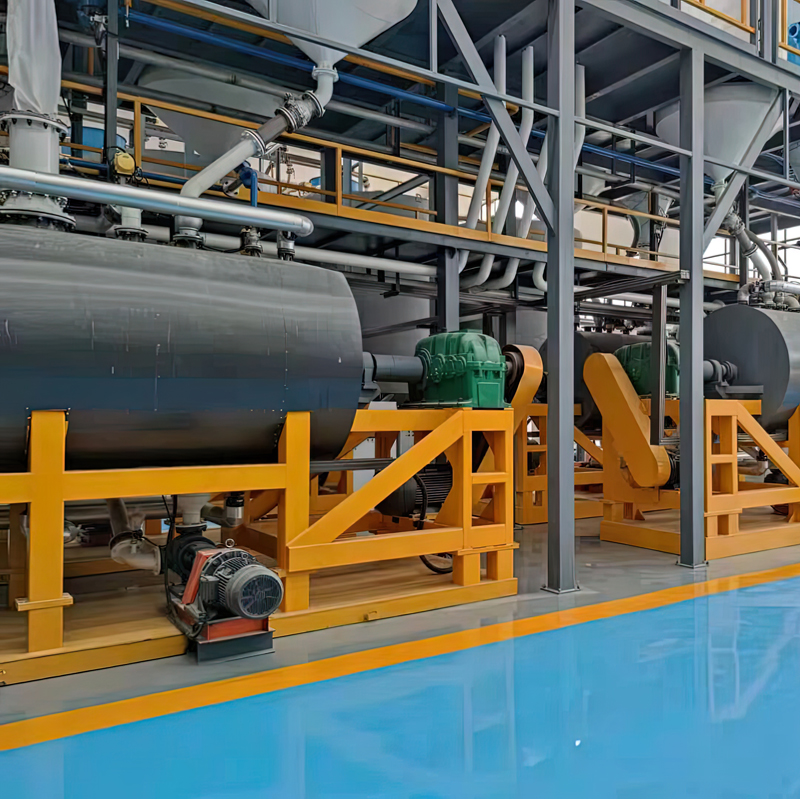

 Tel
Tel
 Email
Email
 Address
Address










